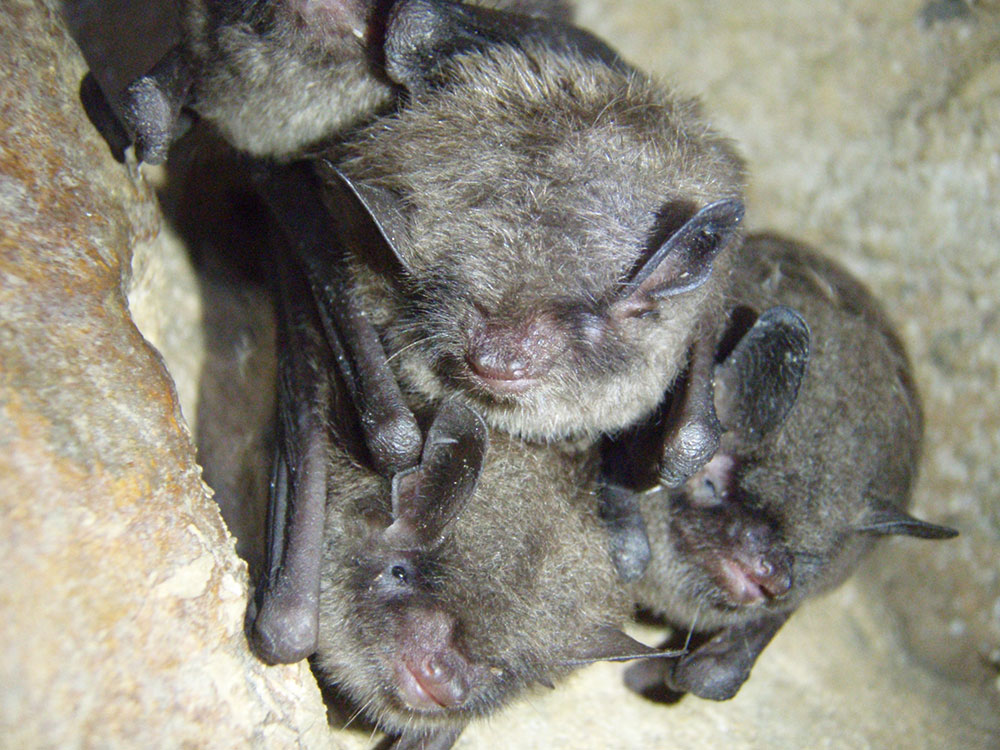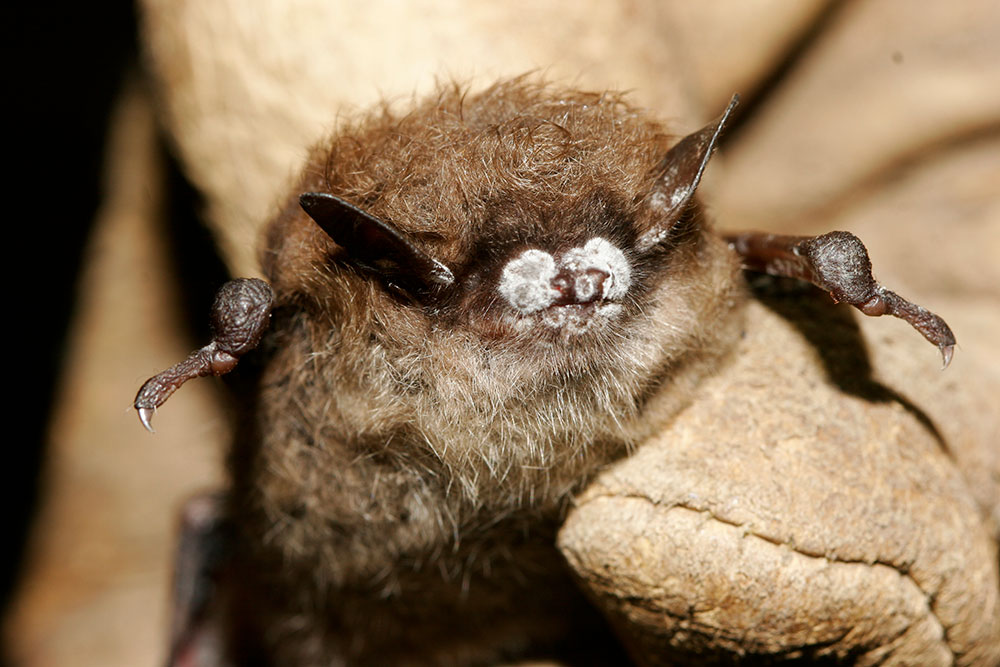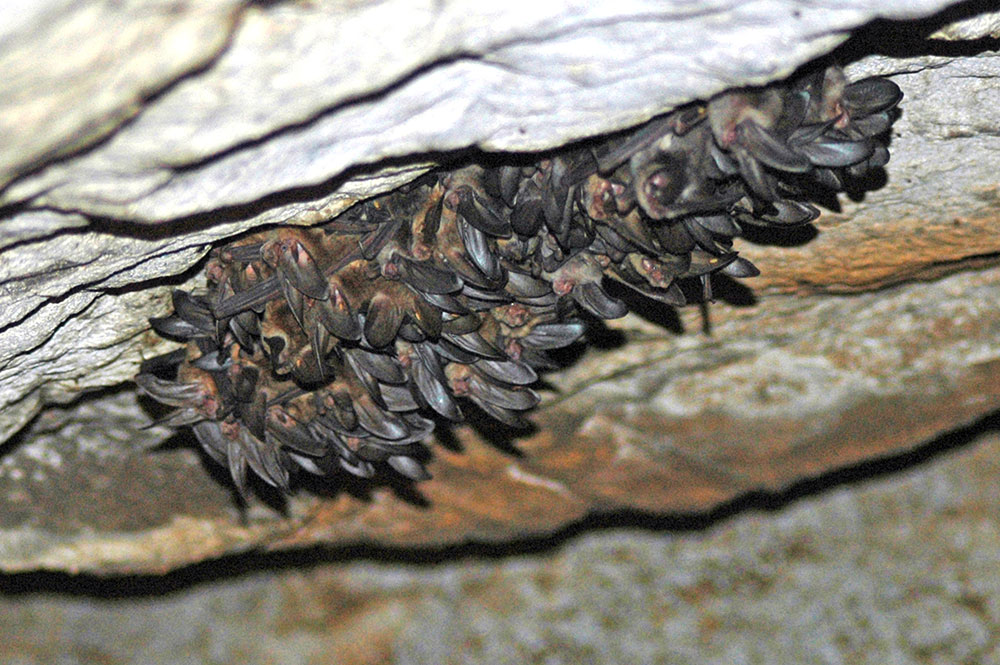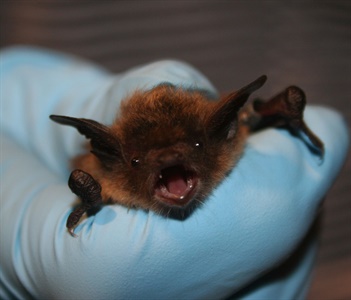 Bat Week, an annual, international celebration of the role of bats in nature, is observed the last week of October. Bat Week is designed to raise awareness about the need for bat conservation.
Bat Week, an annual, international celebration of the role of bats in nature, is observed the last week of October. Bat Week is designed to raise awareness about the need for bat conservation.

Bats have been on Earth for more than 50 million years and live almost everywhere except the most extreme desert and polar regions. Worldwide, there are 1,400 species of bats – almost 20 percent of all mammal species. Although we might not always see them, bats are hard at work all around the world each night. A single bat can eat up to its body weight in insects each night, which helps protect our food crops, forests, and neighborhoods from insect pests, allowing us to use fewer pesticides to control insects on our farms and in our communities.
These amazing animals are vital to the health of our environment and economy. Bat guano is used as a powerful fertilizer worldwide, offering economic and agricultural rewards. Bat flight and echolocation have inspired advances in sonar, and in airplane maneuverability and navigation. In the southwest U.S. and other warm climates, bats help plants grow by pollinating flowers. In other parts of the world, fruit bats eat more than double their body weight in fruit each night and help spread seeds as they fly across long distances.

Many bats are in decline worldwide – about 24 percent of bats are considered critically endangered, endangered, or vulnerable. Out of the 16 bat species found in Arkansas, there are three federally endangered bats: the Ozark big-eared bat (Corynorhinus townsendii ingens), the Indiana bat (Myotis sodalis), and the gray bat (Myotis grisescens). A fourth species, the northern long-eared bat (Myotis septentrionalis), is federally threatened.
Habitat alteration, roost disturbances, White-Nose Syndrome (WNS), and even wind energy contribute to the decline in bat populations around the world. First documented in a New York cave, WNS has killed more than 6 million bats in just eight years. It is named for the white fungus, Pseudogymnoascus destructans, that appears on the muzzle and other parts of hibernating bats. The fungus thrives in the cold, moist conditions that exist in caves and the low body temperatures and suppressed immune systems of hibernating bats make them susceptible to infection by the fungus. WNS was first found in Arkansas in 2012 and as of 2019, is present in at least 15 counties in the state. There is no known cure, but scientists around the world are studying how the disease spreads and what can be done to control it.

Bat Week is an exciting time to do something positive for bats, especially at a time of year when they are often seen as scary. Build bat roosting boxes, pull weeds out of bat habitat, plant native vegetation, create bat art, or host a virtual Bat Week Party or other virtual event to get others excited about bats. Use your Facebook and Twitter accounts (be sure to tag your posts with #BatWeek) to spread the word and share photos. The official BatWeek website has all types of ideas for fun activities at https://batweek.org/take-action/ as well as a calendar of virtual events https://batweek.org/2020-events/ . The website also has a wealth of information about bats, why we need them, and how you can help and be a bat hero!
Photos:
Top – A close-up of Indiana bats (Myotis sodalis). Photo courtesy of the U.S. Fish and Wildlife Service/Ann Froschauer.
Middle – A close-up photo of a little brown bat (Myotis lucifugus) with White Nose Syndrome in a cave in New York. Photo courtesy of the U.S. Fish and Wildlife Service/Ryan von Linden, New York Department of Environmental Conservation.
Bottom – An Ozark big-eared bat (Corynorhinus townsendii ingens) maternity colony. Photo courtesy of the U.S. Fish and Wildlife Service/Richard Stark.
Thumbnail photo on blog post page – A little brown bat (Myotis lucifugus) held by a U.S. Fish and Wildlife Service researcher. Photo courtesy of the U.S. Fish and Wildlife Service/Ann Froschauer.
